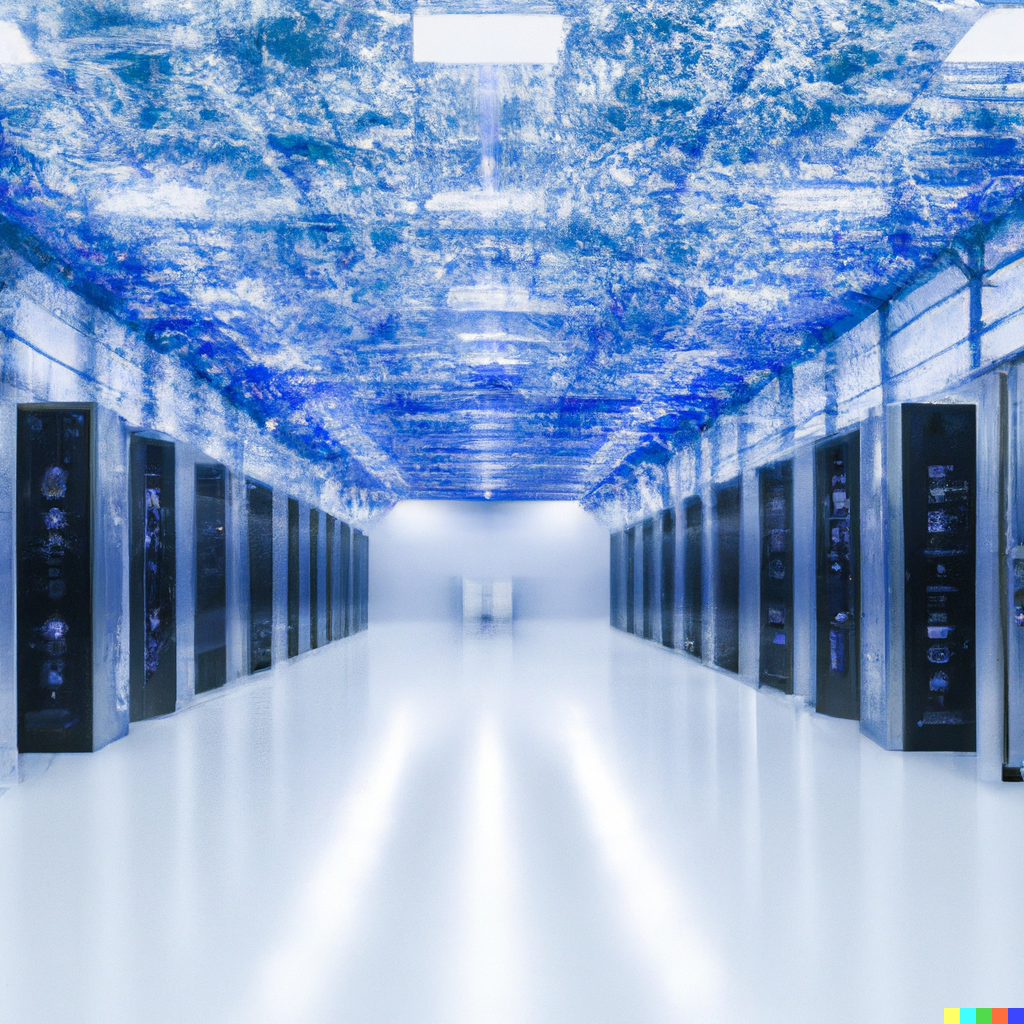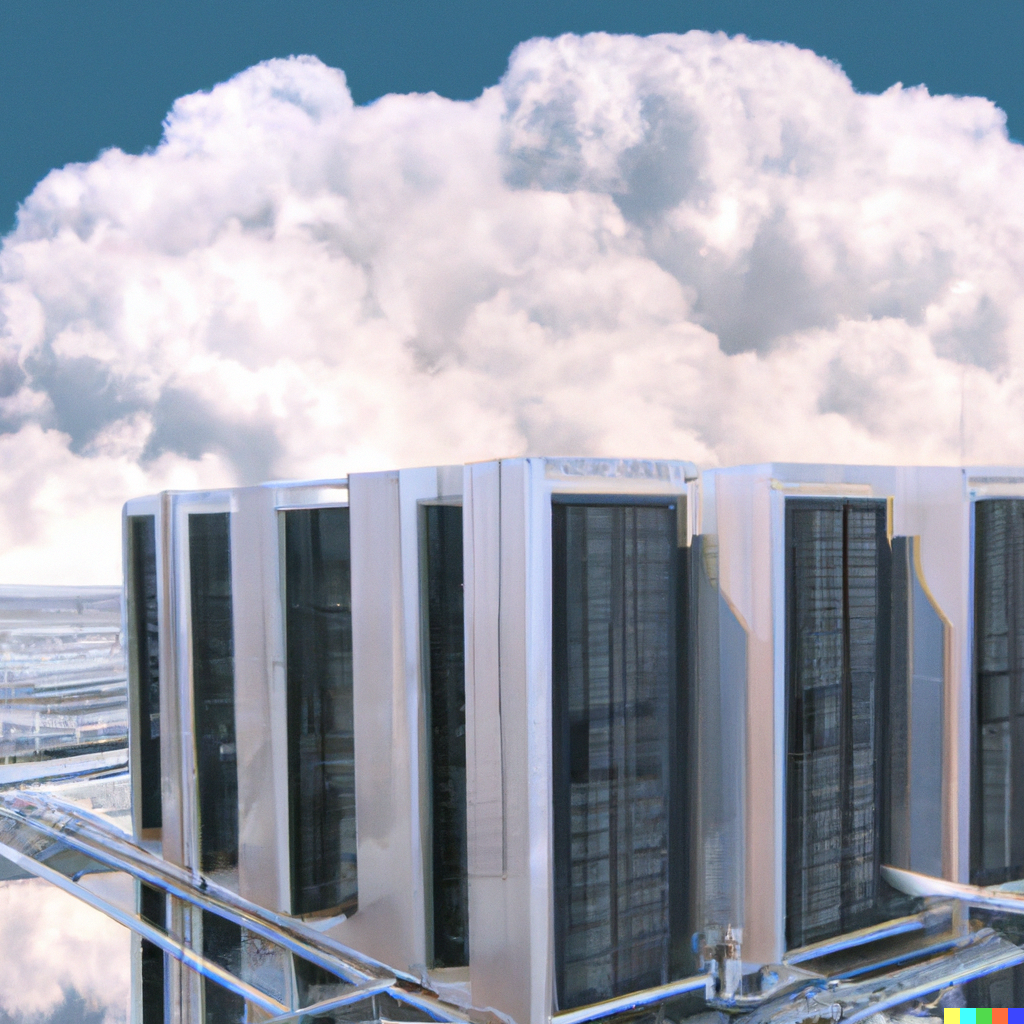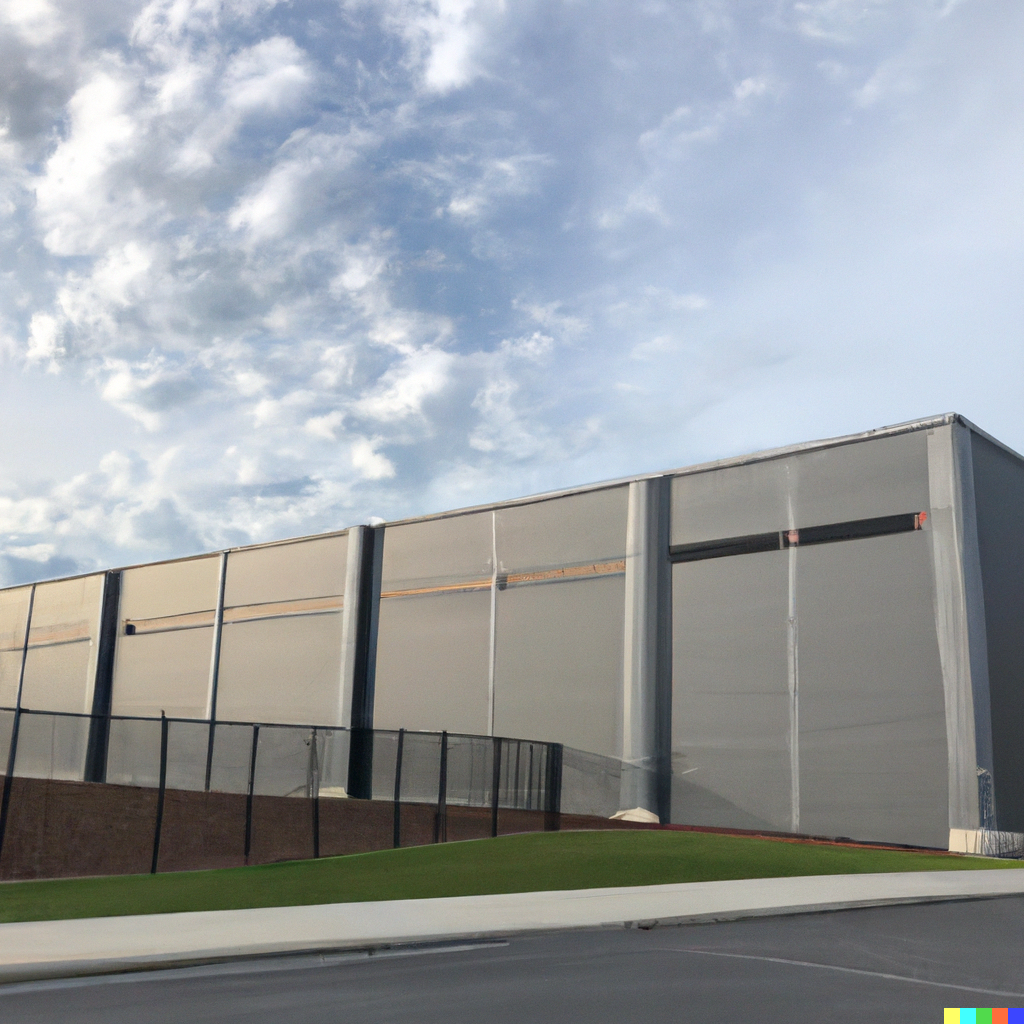Data centers are the backbone of our digital age, powering the internet and storing vast amounts of information. However, despite their critical importance, these facilities often go unnoticed by the public. The impact of data centers on the built environment is significant, from their design and construction to their ongoing operation and maintenance. Here are some key considerations for understanding the impact of data centers on the built environment.
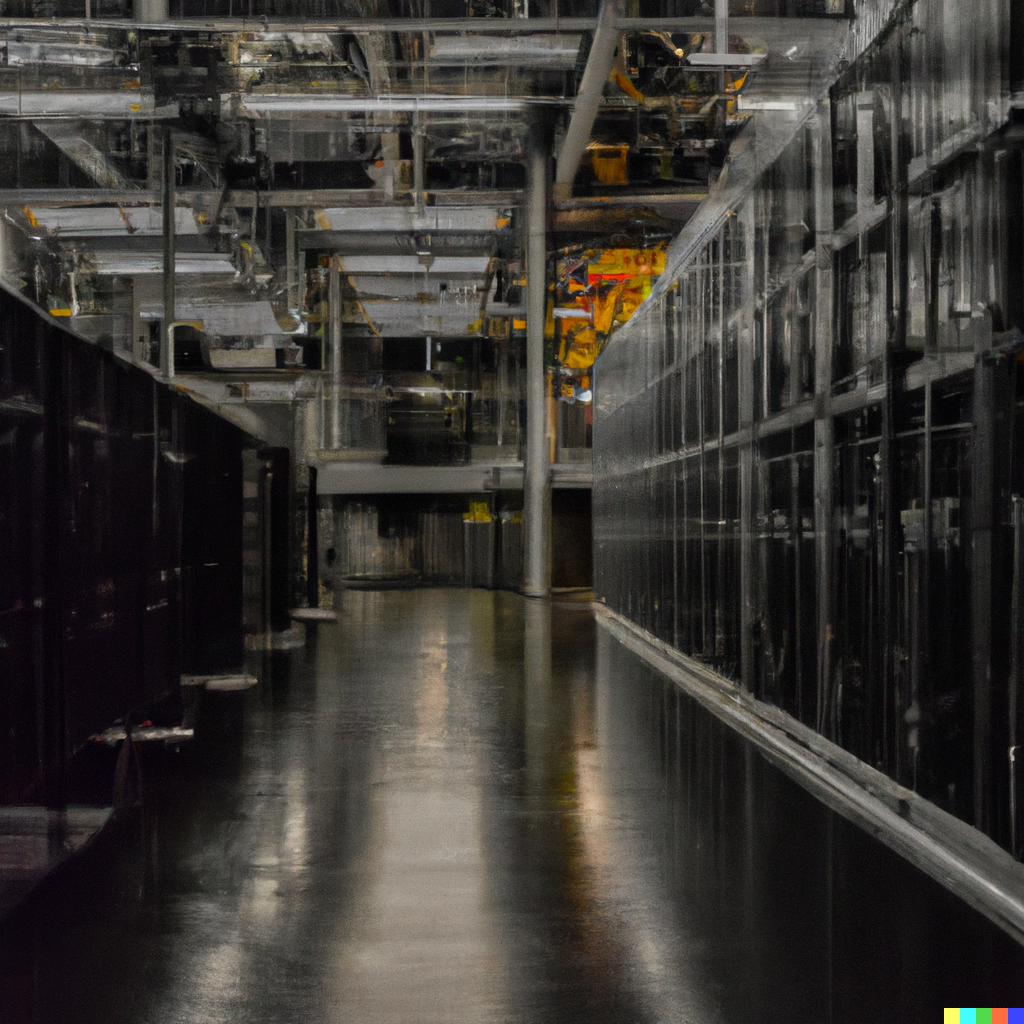
1. Design and Construction
Data centers are complex facilities that require careful design and construction to ensure their reliability and efficiency. They are typically located in remote areas with access to abundant power and cooling resources, such as near hydroelectric dams or in the middle of a desert. This can have a significant impact on the environment, as the construction of these facilities can require extensive land use and infrastructure development.
Moreover, data centers consume vast amounts of energy, primarily for cooling and powering the servers. In fact, according to a report by the International Energy Agency, data centers are responsible for around 1% of global electricity consumption, and that number is expected to rise. As a result, designers and builders must consider energy efficiency and sustainability in their designs to minimize the impact on the environment.
2. Urban Planning
The location and design of data centers can also have a significant impact on urban planning. As more and more data centers are built around the world, local governments must consider their impact on the surrounding communities. For example, the construction of a new data center could require significant infrastructure development, such as new roads, power lines, and water supply networks. This can place a strain on the existing infrastructure and lead to increased traffic congestion and other environmental impacts.
Moreover, the presence of data centers can also affect property values and land use patterns. In some cases, data centers may be seen as undesirable neighbors due to their energy consumption and potential noise pollution. This can lead to lower property values in the surrounding areas, which can have a negative impact on local economies.
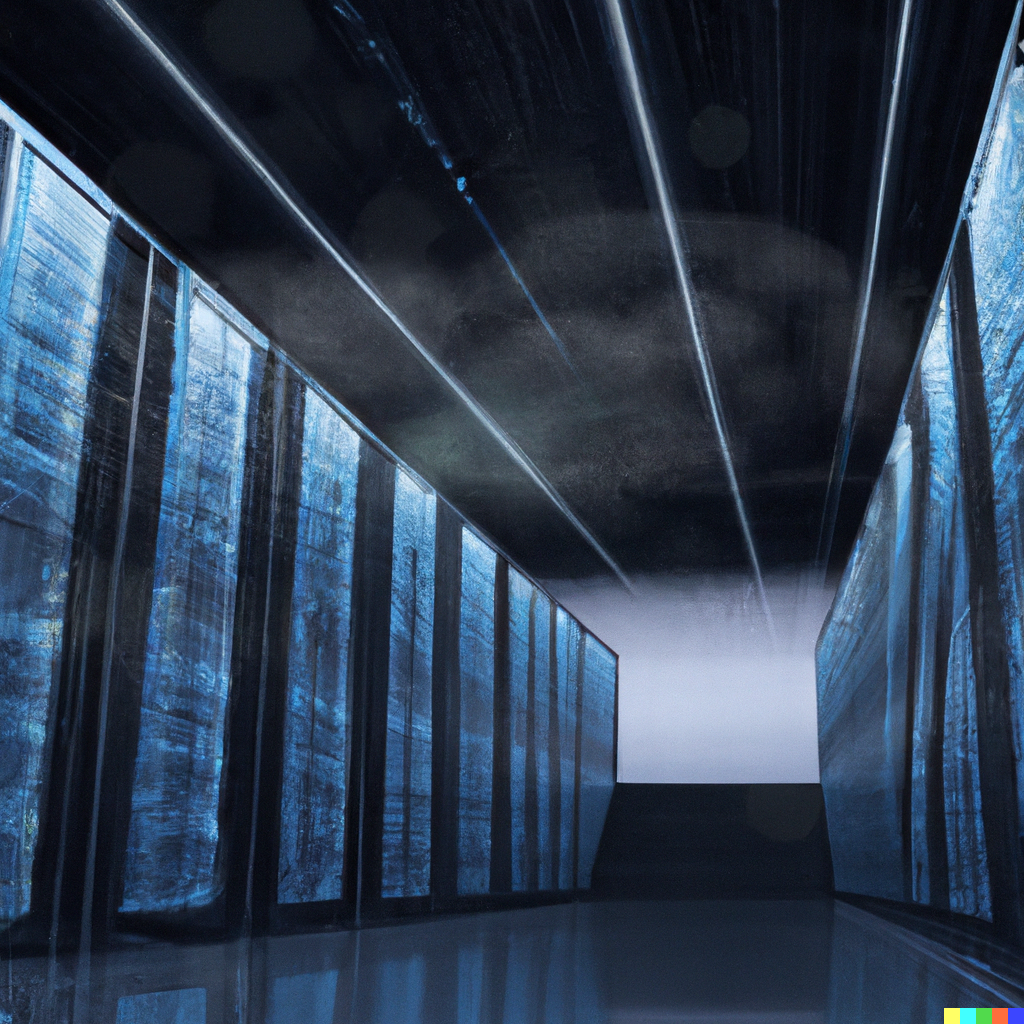
3. Sustainability
Sustainability is an increasingly important consideration in the design and operation of data centers. Many facilities are adopting green technologies, such as renewable energy sources and efficient cooling systems, to reduce their carbon footprint. In addition, some data centers are exploring innovative solutions, such as using waste heat from the servers to heat nearby buildings or using recycled water for cooling.
The drive towards sustainability is not only important from an environmental perspective but also from an economic perspective. Many companies are seeking to reduce their energy costs and improve their sustainability credentials, and the adoption of green technologies can help them achieve these goals.
4. Security
The security of data centers is critical, as these facilities store vast amounts of sensitive information. As a result, data centers must be designed and operated with security in mind, from the physical security of the facility to the cybersecurity of the network.
The security considerations of data centers can also have an impact on the built environment. For example, data centers may require high-security perimeters or barriers, which can affect the aesthetics of the surrounding area. In addition, the location of data centers may be influenced by the need for proximity to security resources, such as police stations or military bases.
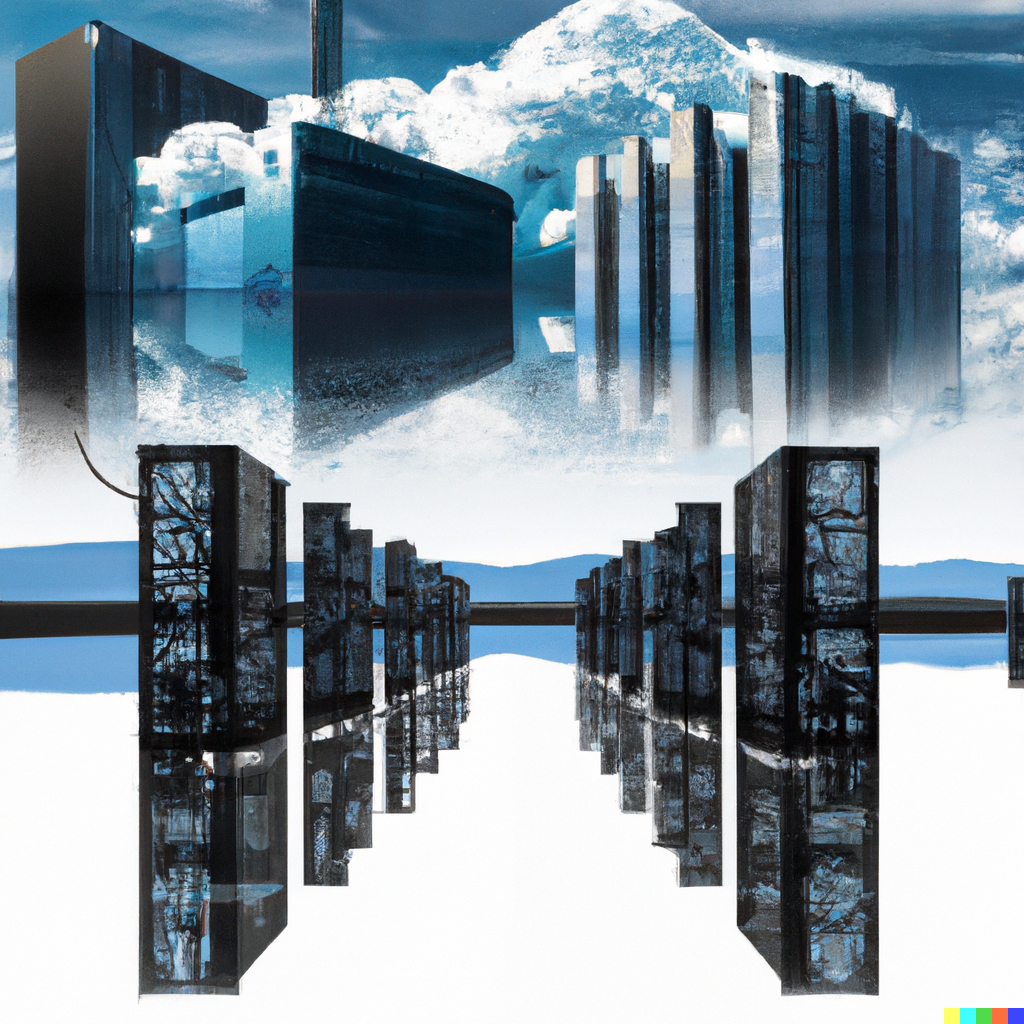
In conclusion, data centers are an essential but often overlooked part of the built environment. The design and construction of these facilities can have a significant impact on the environment, from energy consumption to land use patterns. Urban planners and designers must consider the impact of data centers on the surrounding communities and infrastructure, while also promoting sustainability and security in their designs. By understanding the impact of data centers on the built environment, we can better plan for their growth and ensure that they continue to serve as a vital part of our digital infrastructure.
